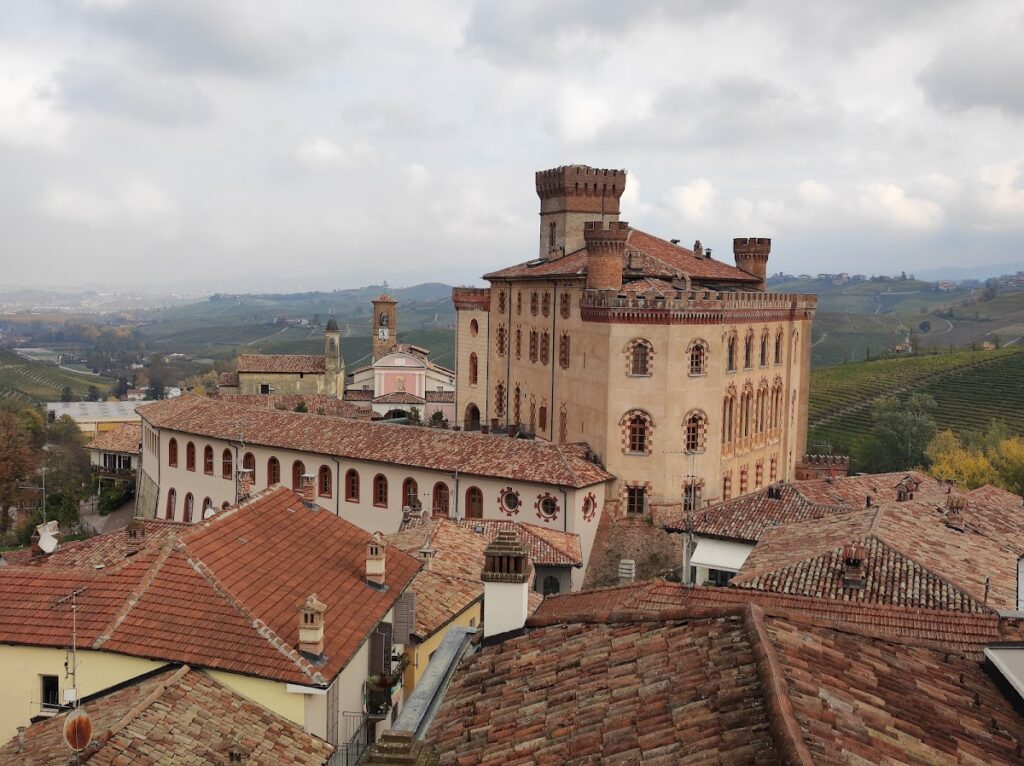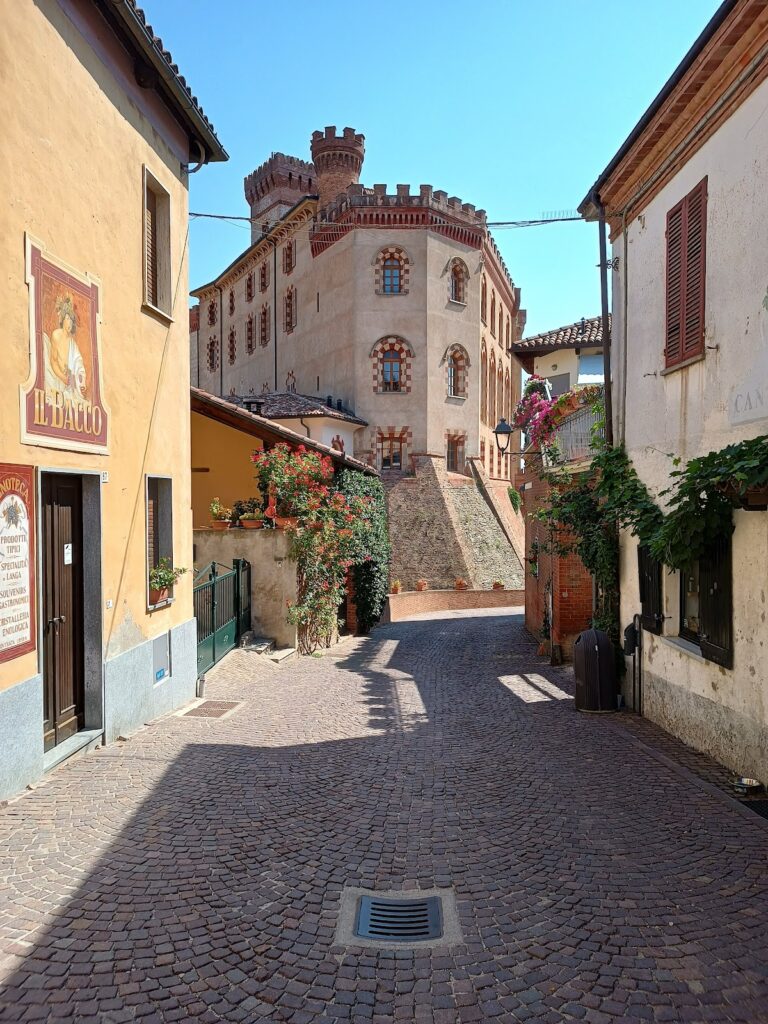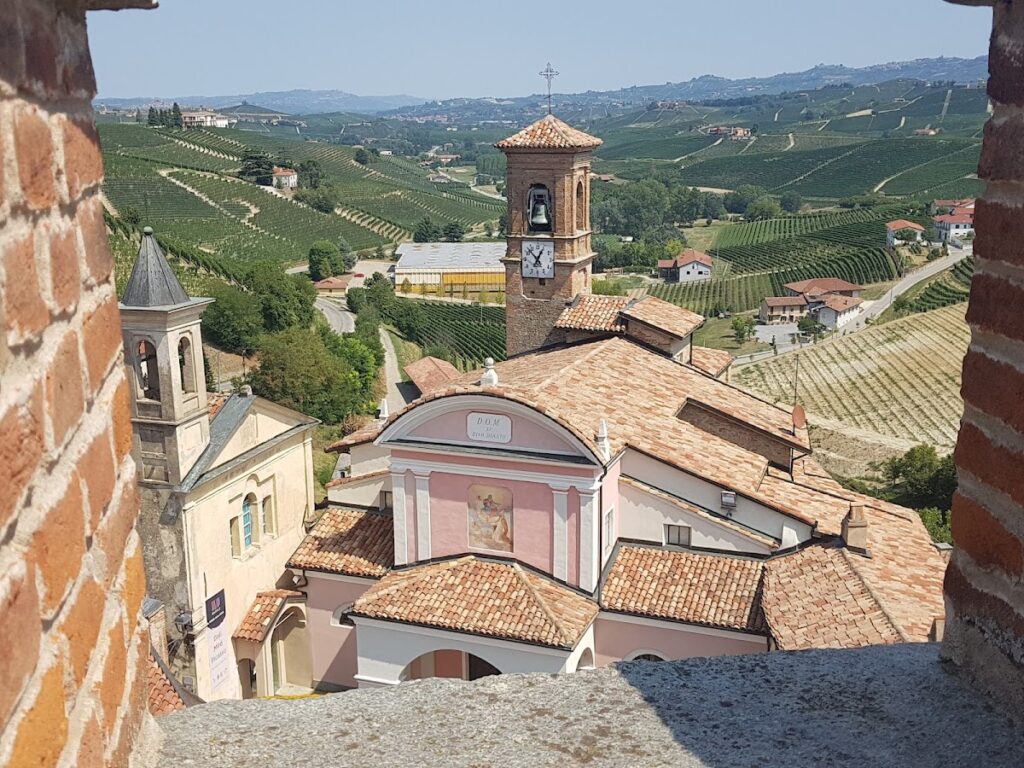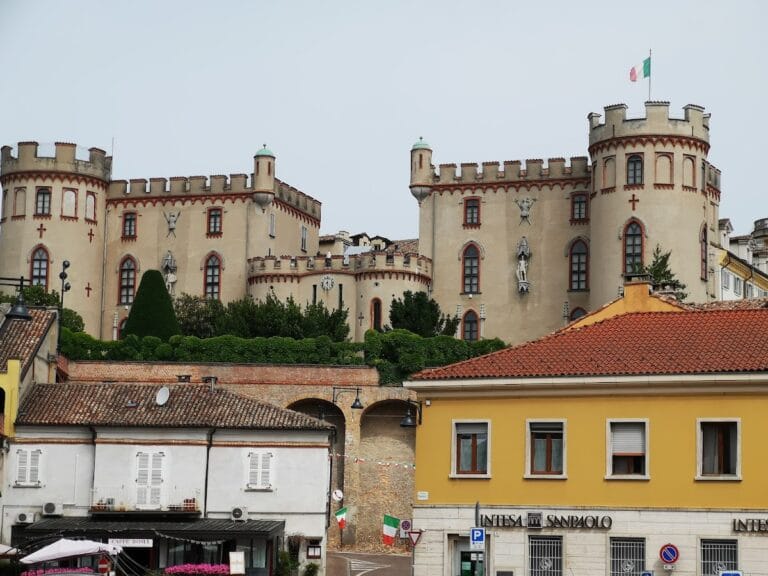Falletti Castle: A Historic Medieval Fortress and Cultural Site in Barolo, Italy
Visitor Information
Google Rating: 4.5
Popularity: Medium
Google Maps: View on Google Maps
Official Website: www.wimubarolo.it
Country: Italy
Civilization: Unclassified
Remains: Military
History
Falletti Castle, also known as Barolo Castle, is located in the municipality of Barolo, Italy. It was originally constructed during the early medieval period by local feudal authorities under the authorization of Berengar I of Italy as a defense against external threats such as Hungarian and Saracen incursions.
The earliest phase of the castle’s history dates back to the 10th and 11th centuries when the original fortification was established. This initial structure was built primarily as a military stronghold, with the keep (the main defensive tower) and the base of the eastern tower forming the core surviving elements from this time. These parts reflect the castle’s original defensive purpose amid a turbulent historical backdrop marked by frequent raids.
During the 13th century, control of the castle shifted from local feudal lords to the communal authorities of Alba, a nearby city. Shortly afterwards, Alba transferred ownership to the Falletti family, a noble lineage that, by 1325, had firmly established a branch of their family within the castle. The Falletti undertook substantial renovation and expansion work, adapting the structure to reflect their status and the evolving needs of a noble residence while still preserving its defensive capabilities.
The castle experienced significant distress in the 16th century amid regional conflicts. Notably, in 1544, it was looted by the French governor from the neighboring town of Cherasco. Following this destruction, members of the Falletti family, primarily Giacomo and Manfredo, led extensive repairs and modifications to restore the castle. These changes helped preserve its military and residential functions for many years thereafter.
In the early 19th century, the Falletti family shifted their main residence to Palazzo Barolo in Turin, transitioning the castle’s role from a primary home to a rural estate. The last noble occupant, Marchioness Juliette Colbert Falletti, passed away in 1864. During the later stage of the family’s tenure, the castle was home to Silvio Pellico, an Italian writer and patriot known for his close friendship with the Marchioness. Pellico managed the castle’s extensive library and acted as an advisor, contributing to the cultural life of the estate.
After Colbert’s death, ownership of the castle passed to the Opera Pia Barolo, a charitable organization that converted the building into an educational institution named Collegio Barolo. This school catered to young people from economically disadvantaged backgrounds and was active until 1958. The conversion to a school brought about considerable alterations to the castle’s internal layout to fulfill its new educational purpose.
In 1970, the municipality of Barolo acquired the castle following a public fundraising campaign. Since that time, the building has undergone careful restoration and has been repurposed to house cultural functions. These include the Regional Enoteca del Barolo, celebrating the local wine tradition, an ethnographic and enological museum, and spaces designated for exhibitions of art and photography, thereby linking the historic structure to the cultural fabric of the region.
Remains
Falletti Castle occupies a prominent hilltop site and is characterized by a heavy, blocklike design typical of medieval fortifications. The castle’s layout is somewhat irregular due to its complex history of construction phases and renovations, including notable changes made during the 19th century when it was adapted for educational use. Its thick walls and overall mass give the impression of a fortress adapted continuously over centuries.
The castle’s central feature is a large square tower known as the keep or mastio, which dates back to the initial construction in the 10th or 11th century. This main tower was originally the core defensive element, and it remains one of the oldest parts of the structure. Adjacent to this tower is the base of the eastern tower, also surviving from the early medieval fortification. These foundational elements reflect the early military architecture designed to resist raids.
Flanking the main tower within the protective curtain walls are two substantial cylindrical turrets. Unlike typical corner towers, these rounded turrets are integrated between sections of the wall, enhancing the castle’s defense while contributing to its distinctive silhouette. These towers, along with the curtain walls, show the castle’s development through later construction phases, particularly during the expansions by the Falletti family in the medieval and early modern periods.
Inside, the noble floor contains a variety of notable rooms rich in historic detail. The Salone delle Quattro Stagioni, or Hall of the Four Seasons, is decorated with paintings representing the seasons above its doors and furnished in the elegant Empire style prevalent in the early 19th century. The adjacent Sala degli Stemmi, or Hall of Coats of Arms, features a ceiling adorned with the heraldic emblems of the Falletti family and their allied houses. This hall also contains a large 16th-century fireplace embellished with stucco decoration, highlighting the blend of Renaissance artistic elements within the castle. Today, this room still serves an important civic function as the venue for local council meetings.
The Marchioness’s chamber is distinguished by the presence of one of Italy’s rare surviving Empire-style beds, underscoring the castle’s role as a noble residence during the 19th century. Another room of interest is that of Silvio Pellico, whose walls are painted to suggest fabric hangings, an artistic technique designed to imitate more luxurious textiles. The castle maintains a historic library comprising roughly 3,000 volumes dating from the 15th through the 19th centuries, reflecting its cultural and intellectual heritage.
Beneath the castle, the ancient cellars have been restored and now serve as the location of the Regional Enoteca del Barolo, a wine cellar dedicated to the celebrated local Barolo wine. These subterranean spaces link the castle’s medieval past to the region’s enological traditions.
Falletti Castle is also part of a network known as “Castelli Doc,” connecting eight castles in Piedmont, and participates in the “Castelli Aperti” program, which promotes access to historic castles in Lower Piedmont. These associations underscore the castle’s role within the broader cultural landscape of the region.










